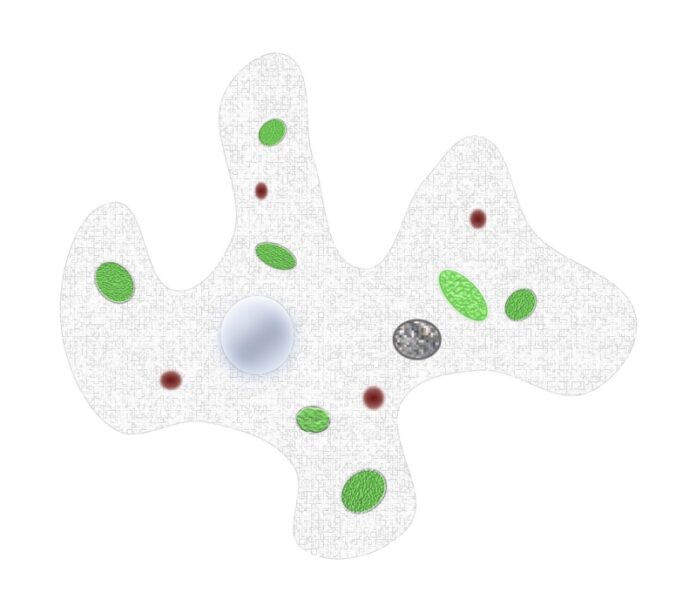Brain-eating amoeba, first found in the USA, causes infection in the brain and often leads to death. What is brain-eating amoeba, which can be found in different countries from time to time, and how is it transmitted?
It is popularly known as brain-eating amoeba, but its real name is ‘naegleria fowleri.’
WHAT IS BRAIN-EATING AMOEBA?
In Naegleria fowleri disease, a single-celled amoeba causes infection in the brain, and cases are often fatal. The single-celled Naegleria fowleri, primarily found in freshwaters such as lakes and rivers, is transmitted only through the nose and cannot be passed from person to person.
Entering the olfactory canal, the amoebae pass through the nasal mucosa and settle in the cerebrospinal fluid and brain via the olfactory nerve. They cause meningitis called Primary Amoebic Meningoencephalitis (PAM), a sudden fatal disease.
Symptoms include rhinitis, high fever, nausea, headache, and eye pain. Death occurs in a short time with confusion and coma.
HOW IS BRAIN-EATING AMOEBA TRANSMITTED?
Brain-eating amoeba is not a disease that can be transmitted from person to person.
Brain-eating amoeba is transmitted when contaminated water enters your nose. Very rarely, it can be transmitted by immersing the head in swimming pools that are not sufficiently chlorinated or by cleaning the nose with tap water contaminated with the amoeba.
A child in the US state of Nebraska has died from a suspected infection with Naegleria fowleri, the “brain-eating amoeba,” possibly contracted while swimming in a river.
The Centers for Disease Control and Prevention (CDC) is conducting further tests to confirm the infection, which is thought to have been contracted after swimming in the Elkhorn River over the weekend.
The single-celled organism is often called the “brain-eating amoeba” because it can cause a fatal brain infection, primary amoebic meningoencephalitis (PAM).
What is Naegleria fowleri?
The CDC states that the microscopic organism typically lives in warm fresh water and can cause infections in swimmers.
The amoeba can travel through the nose to the brain and cause a fatal infection. However, the disease is relatively rare, with a total of 154 cases of PAM reported in the US since 1962.
Where else has Naegleria fowleri been found?
The brain-eating amoeba is typically found in warm freshwater bodies such as lakes, and most of the cases since 1962 have been in the southern US (40 in Texas, 36 in Florida, and 10 in California).
Is there a link to the climate crisis?
CDC studies of brain-eating amoebas suggest that climate change may be the cause of a series of cases in the northern states of the US.
Julia Haston, a medical epidemiologist at the CDC, previously told NBC News that rising air and water temperatures could have an impact on the cases.
“It’s an amoeba that likes warm conditions, really likes warm fresh water,” Haston said.

